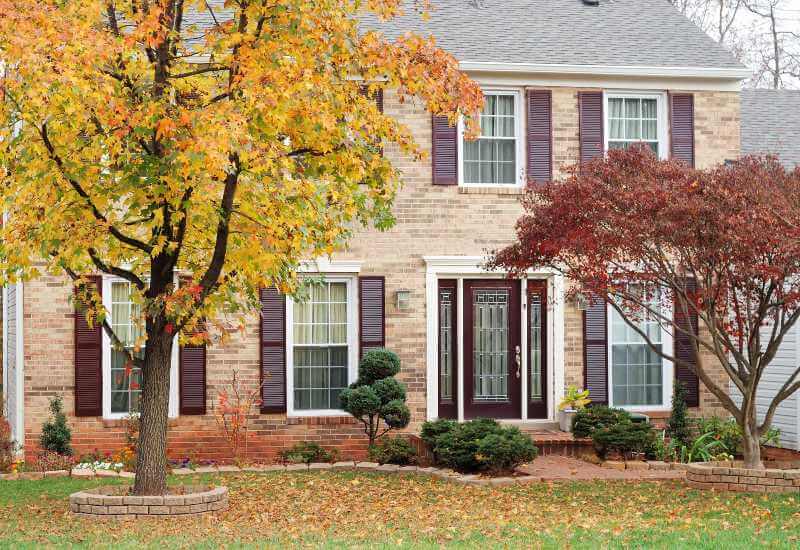
Many things can clog a sewer line, but intrusive tree roots are some of the most troublesome. If you’re having plumbing problems, call a plumber to perform a sewer camera inspection. You just might discover that tree roots have claimed your sewer line for themselves.
How Do Tree Roots Get in the Sewer Line?
It’s no surprise that tree roots naturally gravitate toward tiny cracks or fissures in your sewer line—after all, sewer contents provide a steady supply of water and nutrients. Invasive tree roots send out tiny, hair-like tendrils small enough to fit through joints in a sewer pipe. Then, over the coming weeks and months, the powerful roots grow and open the gap wider and wider. Left to their own devices, the roots will eventually fill the entire circumference of the pipe.
Signs of Tree Roots in Your Sewer Line
If roots work their way into your plumbing, you’re bound to notice these kinds of problems:
- Slow drains
- Clogged toilets
- Gurgling noises from multiple toilets or drains
- Backed-up sewer system
- Soft or overly saturated spots in your yard, which can develop into sinkholes if not addressed promptly
Sewer Line Repair Techniques for Invasive Tree Roots
If you discover tree roots in your sewer line, the first step is to remove the invasive roots. But this isn’t enough. After all, tree roots will continue seeking out fissures in your sewer line. Plus, if the pipe is damaged enough, it could leak sewage into your yard and cause the sinkholes described above. This is why sewer line repair for invasive tree roots is a multi-step process. Here’s what it entails:
- Mechanical tree root removal: Your plumber uses a motorized sewer auger to cut through tree roots with rotating blades. This sends the fragments down the sewer line so water can flow freely again.
- Hydro jetting: Next, the plumber pumps a powerful jet of water into the drain to break up any remaining tree roots and flush them out of the pipe.
- Chemical tree root removal: Foaming root killer coats the inside of the sewer line to kill roots that the auger or high-pressure water may have missed. This step also helps prevent future root growth inside the pipe.
- Sewer line repair or replacement: Once the invasive roots have been cleared out, it’s time to repair or replace the sewer line. The most popular options are pipe relining and pipe bursting. Relining keeps your existing sewer pipe intact, lining the inside of it with a seamless resin that tree roots can’t penetrate. Bursting breaks away the old, damaged sewer pipe and replaces it with a polyethylene pipe. Both options are trenchless sewer repair techniques that require hardly any excavation.
If you see signs of tree root intrusion, choose Puget Sound Plumbing and Heating to get things flowing again. We’ll eliminate your plumbing frustrations and prevent tree roots in your sewer line from here on out. Call us at (206) 938-3219 or contact us online to request 24/7 emergency sewer repair in the Seattle area.


